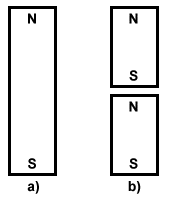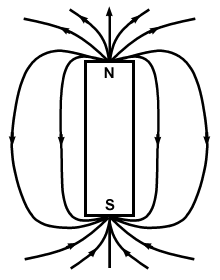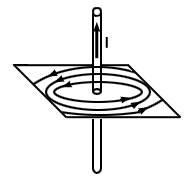Please wait while we process your payment
If you don't see it, please check your spam folder. Sometimes it can end up there.
If you don't see it, please check your spam folder. Sometimes it can end up there.
Please wait while we process your payment

By signing up you agree to our terms and privacy policy.
Don’t have an account? Subscribe now
Create Your Account
Sign up for your FREE 7-day trial
By signing up you agree to our terms and privacy policy.
Already have an account? Log in
Your Email
Choose Your Plan
Individual
Group Discount
Save over 50% with a SparkNotes PLUS Annual Plan!
 payment page
payment page
Purchasing SparkNotes PLUS for a group?
Get Annual Plans at a discount when you buy 2 or more!
Price
$24.99 $18.74 /subscription + tax
Subtotal $37.48 + tax
Save 25% on 2-49 accounts
Save 30% on 50-99 accounts
Want 100 or more? Contact us for a customized plan.
 payment page
payment page
Your Plan
Payment Details
Payment Summary
SparkNotes Plus
You'll be billed after your free trial ends.
7-Day Free Trial
Not Applicable
Renews May 1, 2025 April 24, 2025
Discounts (applied to next billing)
DUE NOW
US $0.00
SNPLUSROCKS20 | 20% Discount
This is not a valid promo code.
Discount Code (one code per order)
SparkNotes PLUS Annual Plan - Group Discount
Qty: 00
SparkNotes Plus subscription is $4.99/month or $24.99/year as selected above. The free trial period is the first 7 days of your subscription. TO CANCEL YOUR SUBSCRIPTION AND AVOID BEING CHARGED, YOU MUST CANCEL BEFORE THE END OF THE FREE TRIAL PERIOD. You may cancel your subscription on your Subscription and Billing page or contact Customer Support at custserv@bn.com. Your subscription will continue automatically once the free trial period is over. Free trial is available to new customers only.
Choose Your Plan
This site is protected by reCAPTCHA and the Google Privacy Policy and Terms of Service apply.
For the next 7 days, you'll have access to awesome PLUS stuff like AP English test prep, No Fear Shakespeare translations and audio, a note-taking tool, personalized dashboard, & much more!
You’ve successfully purchased a group discount. Your group members can use the joining link below to redeem their group membership. You'll also receive an email with the link.
Members will be prompted to log in or create an account to redeem their group membership.
Thanks for creating a SparkNotes account! Continue to start your free trial.
We're sorry, we could not create your account. SparkNotes PLUS is not available in your country. See what countries we’re in.
There was an error creating your account. Please check your payment details and try again.
Please wait while we process your payment

Your PLUS subscription has expired
Please wait while we process your payment
Please wait while we process your payment

Fields of Permanent Magnets and Straight Wires
We begin looking at the sources of magnetic fields by looking at the most simple cases: permanent magnets and straight wires.
Permanent magnets are the most familiar sources of magnetic fields. A compass needle is a permanent magnet, which itself reacts to the permanent magnet in the earth's axis. Unfortunately, the fields of permanent magnets are very hard to calculate, and require an understanding of complex ferromagnetic phenomena, belonging as much to atomic theory as to electromagnetism. Here we will simply give a qualitative description of the magnetic fields of permanent magnets.
In essence, a permanent magnet is a piece of metal with a "North Pole" and a
"South Pole". Any magnetized piece of metal has both poles; no magnet can exist
with only one pole. Since magnetic charge does not exist, there is no isolated
concentration of magnetic charge in an object. So why not simply take a magnet
and split it in half, thus separating the north and south ends? Well, when we
try it, two smaller, identical magnets are produced, shown below. Again, the
north or south end of a magnet cannot be isolated.

Even though we cannot describe quantitatively the field of a permanent magnet,
we can show its shape:

Like magnets, current-carrying wires also create magnetic fields. Wires of and any and all shapes create a magnetic field, but straight wires are the easiest to work with. After going through some calculus we will tackle more complex situations, but for now we look at the most simple case: the straight wire.
As we know, the magnetic field must always be perpendicular to the direction of
the current; in terms of a field around a wire, this means that the field lines
must follow a circular path about the wire, as shown below.

Please wait while we process your payment

